Step-by-Step Guide to Growing Lilies from Seed
Growing lilies from seeds is a fulfilling project for any gardener.
This step-by-step tutorial simplifies the process, making it accessible even to beginners.
Witness the transformation of tiny seeds into stunning blooms that enhance any garden landscape.
Selecting a Lily Variety
Choose from popular varieties such as Asiatic, Oriental, and Trumpet lilies, taking into account factors like color, size, and fragrance to suit your garden's aesthetic.
Remember that growing lilies from seeds is a rewarding process that requires patience, as these flowers need time to mature and bloom.
Timing and Location for Planting Lily Seeds
Lily seeds should be planted in the fall, ideally from late September to early November, to undergo cold stratification necessary for breaking dormancy and promoting germination.
Select a garden spot that offers partial to full sunlight and well-draining soil with a slightly acidic to neutral pH.
Enhance the planting area by loosening the soil up to 12 inches deep and mixing in organic matter like compost to boost soil quality and fertility.
Sowing Lily Seeds
1. Seed Collection: Collect seeds from mature lilies once their seedpods turn brown. Open the pods gently to retrieve the seeds.
2. Scarification: If lily seeds have hard coats, lightly nick or scratch the surface using a small file or sandpaper to aid germination.
3. Planting Depth: Sow the seeds 1/4 to 1/2 inch deep, spacing them about 4 inches apart to ensure sufficient growth space.
4. Mulch: Apply a layer of straw or leaves over the planted seeds to insulate them against extreme temperatures.
5. Watering: Maintain soil moisture without overwatering. Water gently to keep seeds in place.
Maintaining Lily Seedlings
Once seedlings appear, thin them to maintain proper spacing, keeping only the strongest and healthiest.
Fertilize with a balanced, slow-release fertilizer in the spring as seedlings begin to grow, following the package's application guidelines.
Keep the area around the seedlings weed-free to prevent nutrient and water competition, and protect them from pests like slugs and snails, which pose a threat to young plants.
In colder regions, insulate your lily seedlings with a thick layer of straw or leaves to protect against freezing temperatures.
Once the lilies mature and develop bulbs, transplant them to their final spots in the garden.

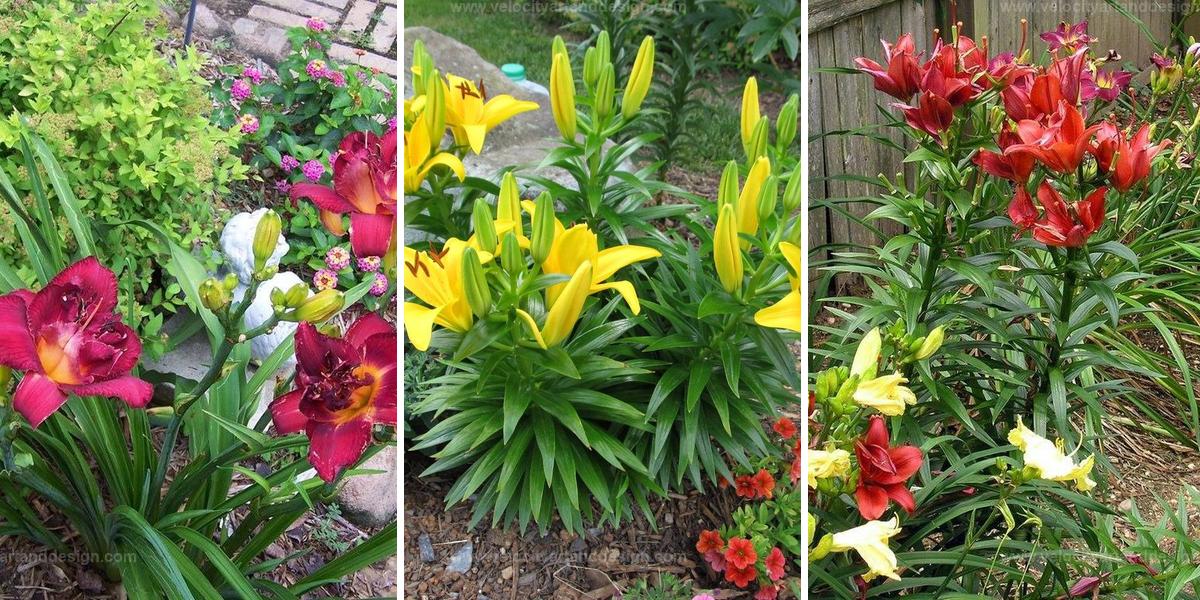
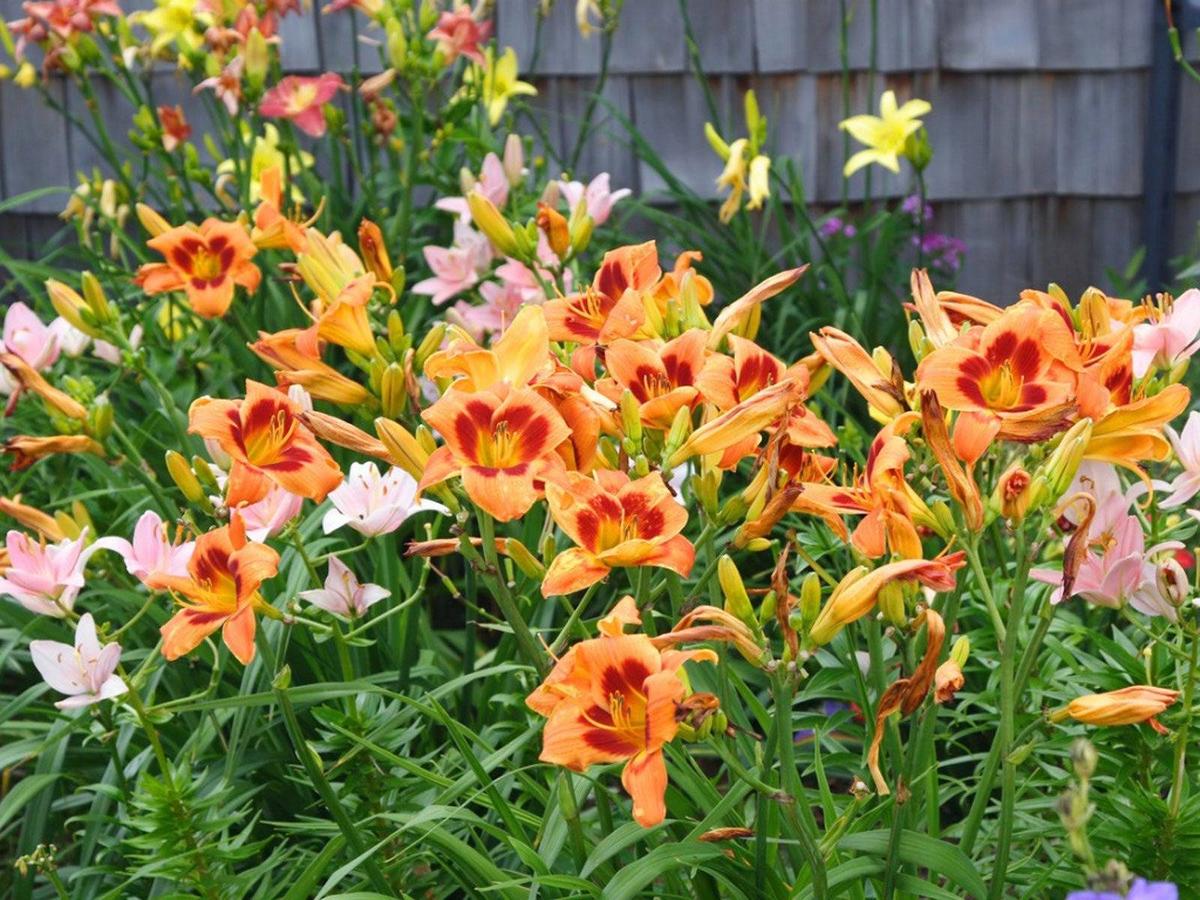
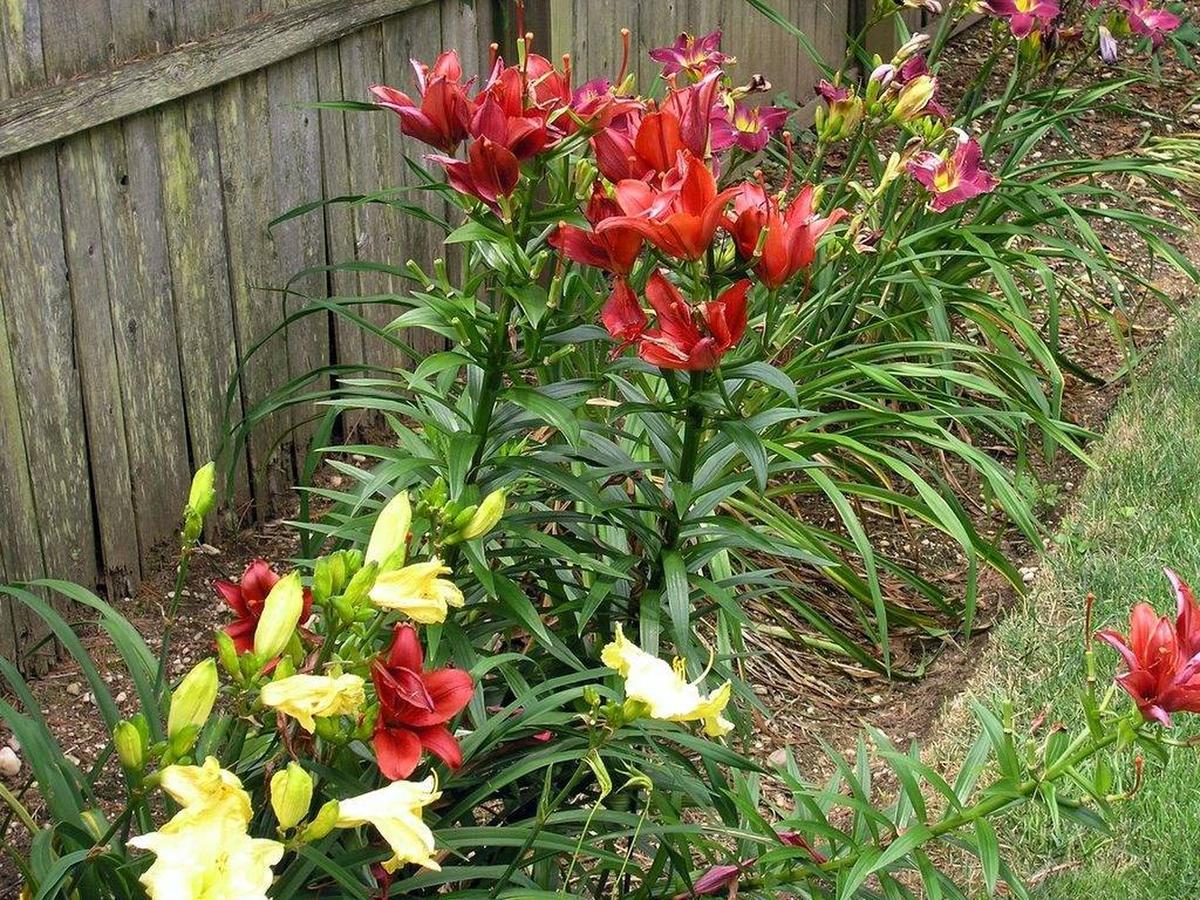
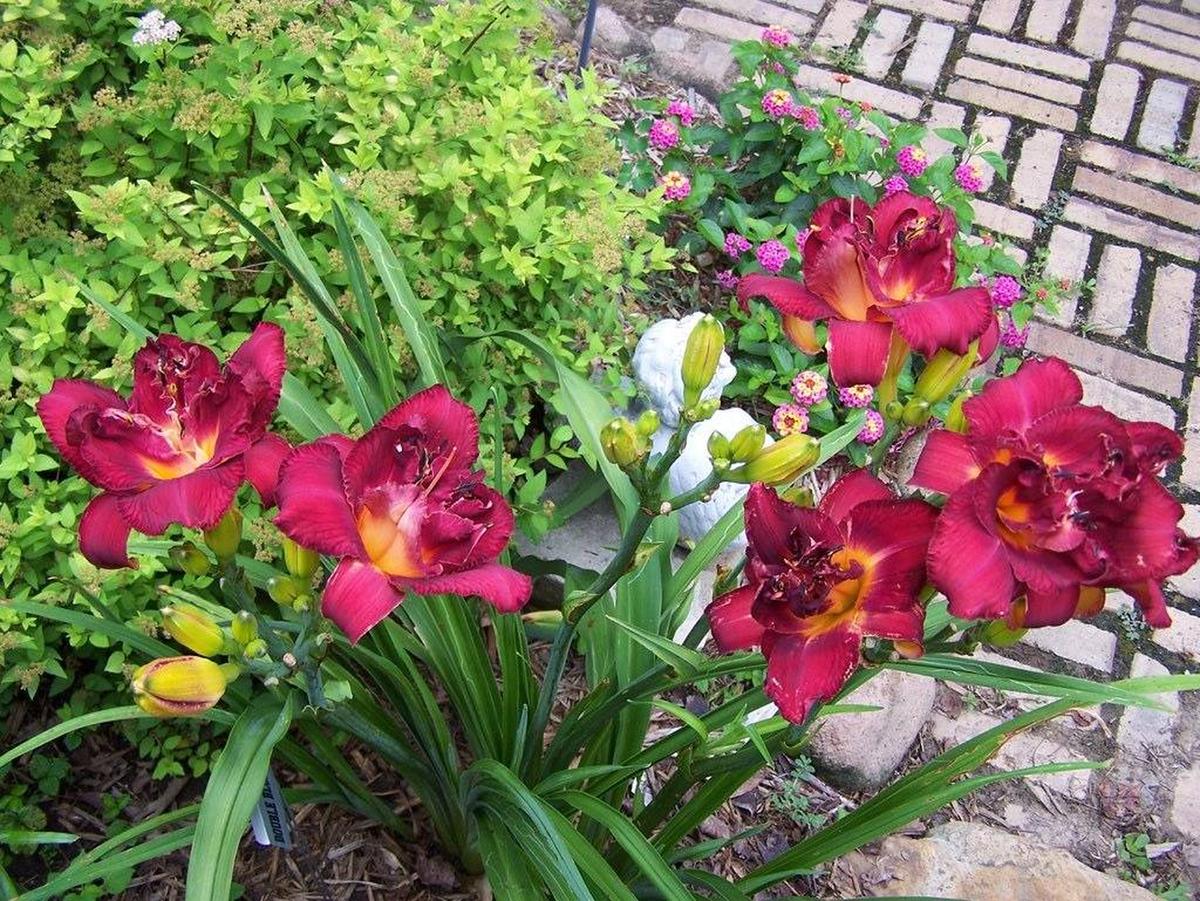
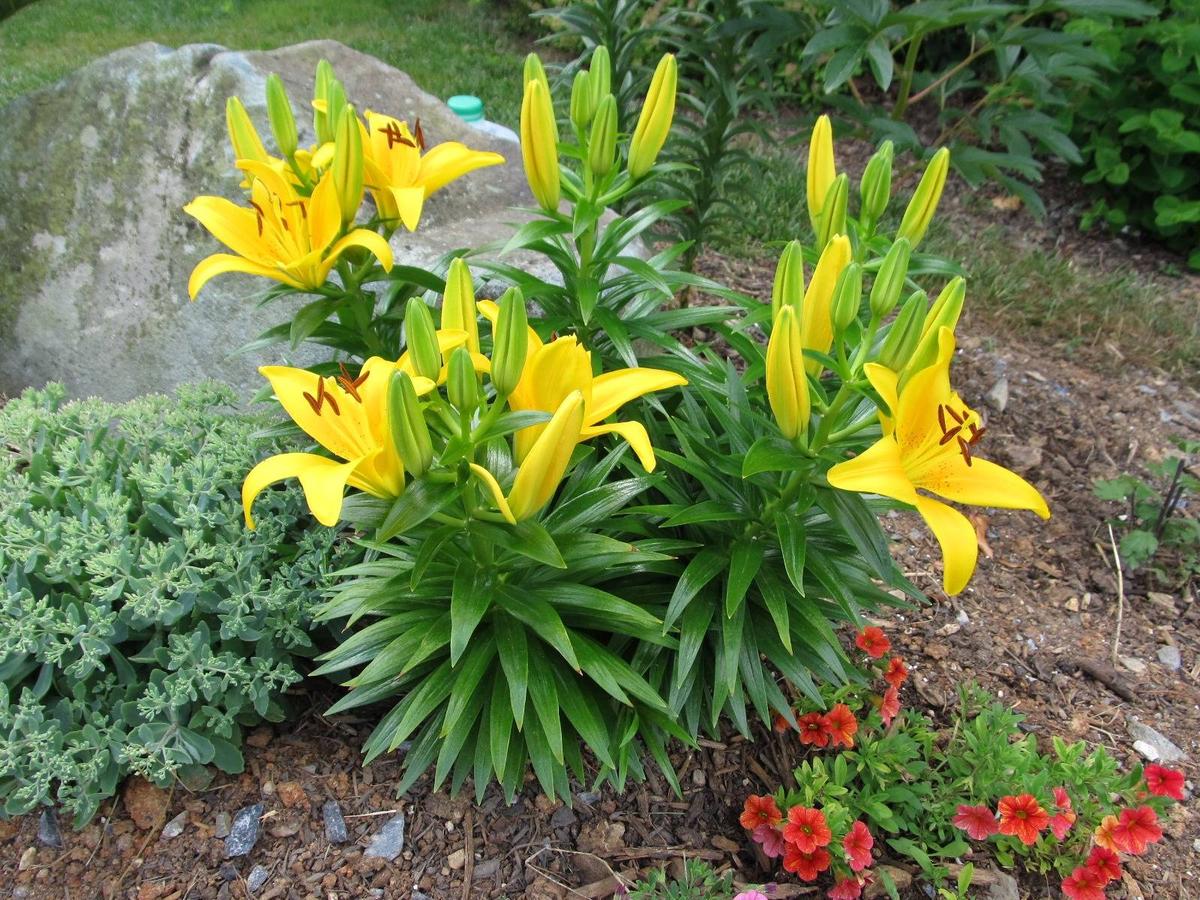
James Turner
Founder & Lead Designer
Expertise
Interior Design, Sustainable Design Practices, Spatial Planning, Innovative Material Applications, Contemporary Art Techniques, Visual Communication, Multimedia Artistry, DIY Design and Home Projects, Eco-Friendly Living Spaces, Creative Solutions
Education
University of Cincinnati College of Design, Architecture, Art, and Planning (DAAP)
Columbus College of Art & Design (CCAD), Columbus, OH
James Turner is the founder and lead designer at Velocity Art and Design. He studied Interior Design at the University of Cincinnati, focusing on eco-friendly design and smart use of space.
Later, he expanded his artistic skills with a Fine Arts Certificate from the Columbus College of Art & Design, where he learned about modern art and visual storytelling.
With over 10 years in design, James is passionate about making spaces that are both beautiful and practical. He shares his DIY tips and creative ideas to inspire others to explore their own creativity and transform their living spaces.